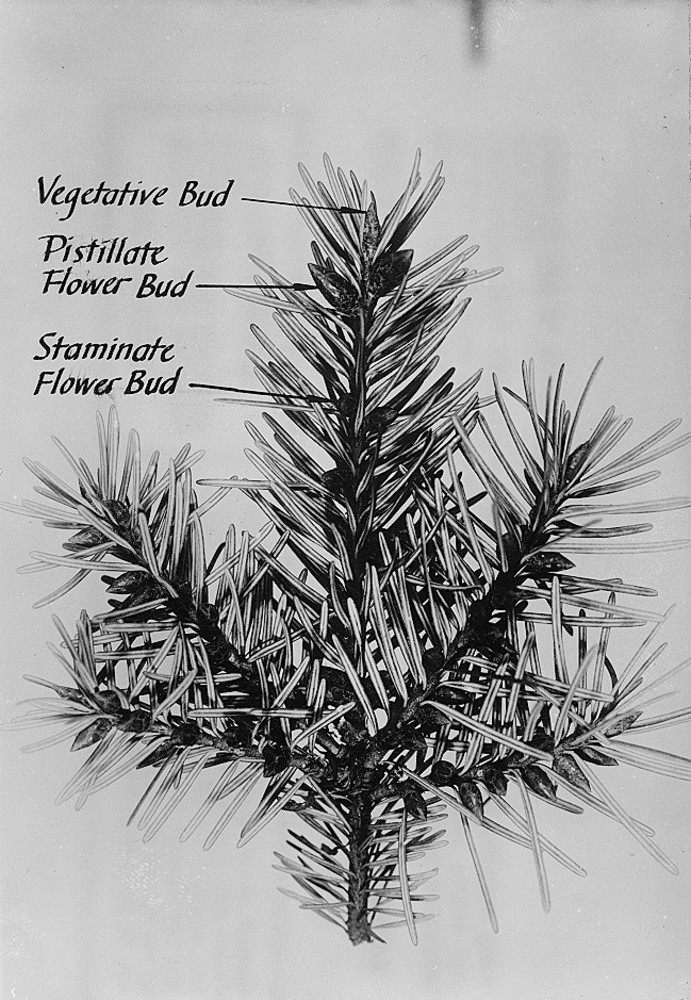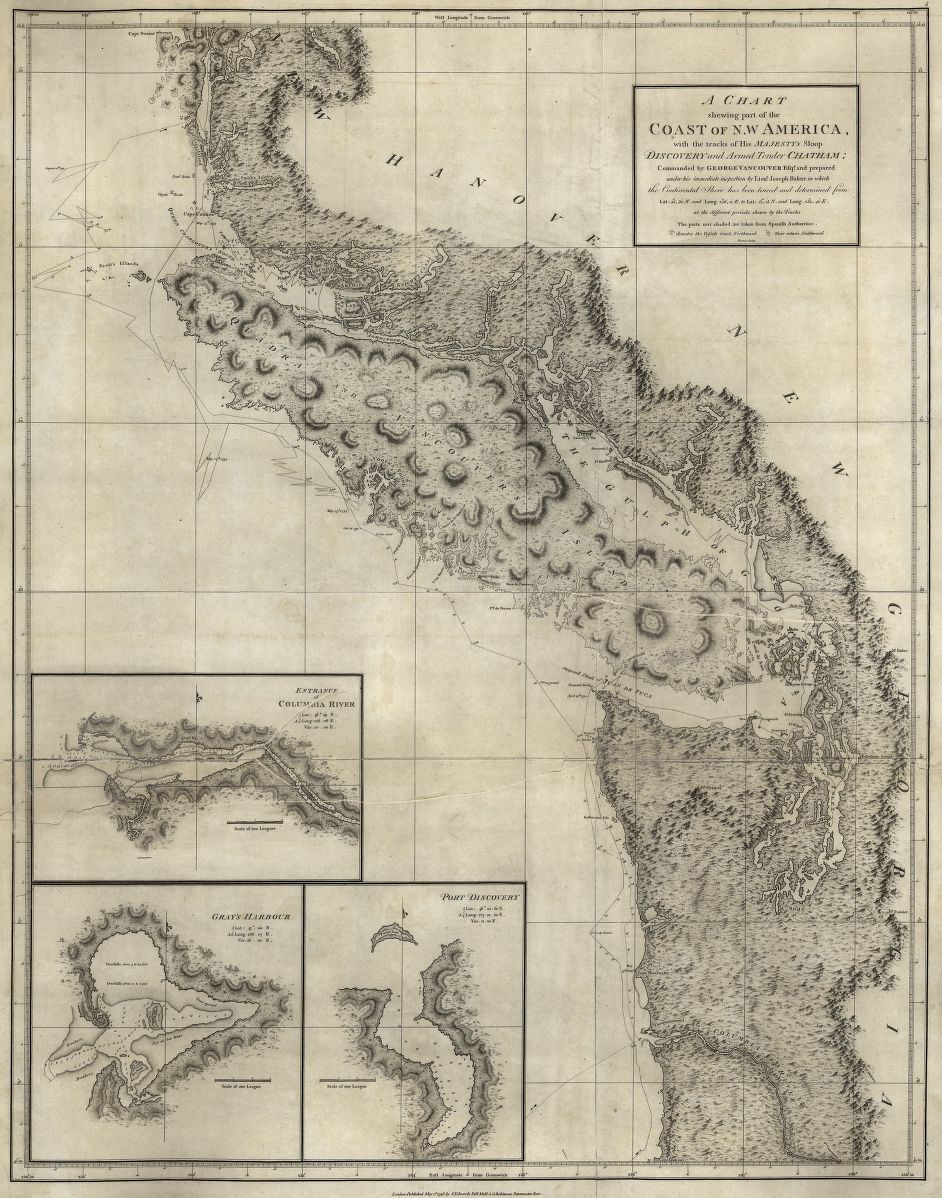On May 2, 1792, Archibald Menzies, a surgeon and naturalist on the George Vancouver Expedition, landed on the shores of an island where the Straits of Juan de Fuca join Puget Sound. He found not only pines and alder but also what he called the “Oriental Strawberry Tree,” which he described as “a peculiar ornament to the Forest.” He noted “its large clusters of whitish flowers & ever green leaves” and its “smooth bark of a reddish brown colour.” Menzies assumed the native tree was an oriental strawberry tree since it resembled a Mediterranean species, Arbutus andrachne. In 1814, the American botanist Fredrick Pursh recognized the tree as a distinct species and named it Arbutus menziesii in honor of its discoverer.
The common names of the tree include regional variations of its Spanish name, madroño (for the strawberry tree): madrone from the Siskiyou Mountains south or madrona to Canada, where it is known as Arbutus. The chronicler of the Spanish Portola expedition, Father Juan Crespi, called it madroño because of its resemblance to the European species. He also commented on its smaller fruits.
Arbutus menziesii, a member of the heath family, grows along the Pacific Coast from southern British Columbia, along the Straits of Georgia south along Puget Sound, through the interior valleys of western Oregon, and to the lower slopes of the northern Sierra Nevada and coastal mountains of California to Mexico. The evergreen broad-leaved tree prefers dry sites and draughty soils, where it frequently grows with native oaks and conifers on south-facing slopes.
Madrone likely became an Oregon resident during the northward migration of the Madro-Tertiary flora (named for the Sierra Madre), during the warming and drying period shortly after the Pleistocene. Madrone was accompanied by oak trees and their constant companion poison oak (Toxicodendron diversilobum). In northern Oregon, madrone is found near Garry oak, while in southwest Oregon it is an important part of the mixed evergreen forest.
On good sites, madrone attains considerable size, with large single trunks, considerable height, and crown spread. The largest known specimen grows on the Big Sur Land Trust in California: 316 inches in circumference, 88 feet tall, with a spread of 116 feet. Oregon's champion is in Washington County, measuring 283 inches in diameter, 84 feet in height, and with a spread of 88 feet.
Madrone trees are often small, with several trunks arising from a central point, an indication of its ability to stump-sprout from a burl after disturbance (from, for example, fire and wood cutting). Its fruits serve as food for a variety of birds, raccoons, and the occasional black bear. Trees provide sites for cavity nesting birds. The species seems to be in decline due to insect pests, fungi, and fire protection.
Native Americans used madrone for medicinal purposes, including making preparations from leaves and bark for colds, skin aliments, and gastrointestinal complaints. They used fruits for food and wood for implements and firewood.
Madrone's heavy, reddish wood is extremely hard and tends to warp and check when drying, which limits its commercial usefulness. Nevertheless, there are some beautiful examples of its use, such as the church doors at Trinity Episcopal Church in Ashland and the pipe organs at Southern Oregon University and St. Mark's Episcopal Church in Medford.
-
![]()
Pastel painting of Madrone Arbutus menziesii, by Frances Stilwell.
Oregon Historical Society Museum, 2019-35.10.1,.2
-
![]()
Madrone tree, Herman T. Bohlman, photographer, c.1890s.
Oregon Historical Society Research Library, Digital Collections; P202_series07_box11_0020
Related Entries
-
![Douglas-fir]()
Douglas-fir
Douglas-fir (Pseudotsuga menziesii), perhaps the most common tree in Or…
-
![George Vancouver (1757-1798)]()
George Vancouver (1757-1798)
The role George Vancouver played in Oregon history is tangential, yet i…
-
![Western hemlock]()
Western hemlock
Western hemlock, or Alaska-spruce (Tsuga heterophylla), is a common con…
Further Reading
Arno, S.F. and R.P. Hammerly. Northwest Trees: Identifying and Understanding our Native Trees, rev. ed. Seattle: Mountaineers, 2007.
Moerman, D.E. Native American Ethnobotany. Portland, Ore.: Timber Press, 1998.
Reeves, Sonja L. "Arbutus menziesii." In Fire Effects Information System. U.S. Department of Agriculture, Forest Service, Rocky Mountain Research Station, Fire Sciences Laboratory, 2007.





